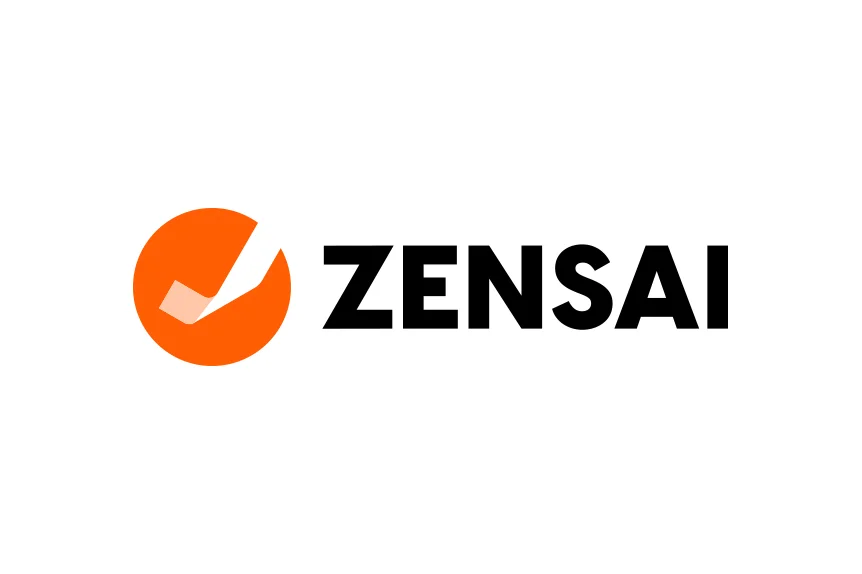The decision’s been made – you’re implementing an HR system. And the HR Director just made you Project Lead. You’re excited. It’s more responsibility but a massive case of impostor syndrome! You’ve not done this before. And you don’t know where to start.
A quick Google search and you can find the technical steps for implementing a new system. But at Zensai, we’re all about focusing on humans, not resources. So, here’s some advice on who to involve and how to bring them with you.
Think of it like the seven steps of an employee life cycle:
- Attraction – defining requirements for the HR system
- Recruitment – shortlisting vendors and assessing their skills
- Onboarding – investing time upfront for successful implementation
- Development – identifying key users for testing and feedback
- Retention – bringing everyone else with you
- Separation – transferring ownership from HR to the business
- Advocacy – post-implementation integrity of the HR system
Step 1: Attraction: Defining requirements when implementing an HR system
All good HR Managers know before you recruit, you need a job spec. The same is true for systems. Work out your stakeholders; get them involved. In addition to HR, you’ll need:
- I.T. Obviously. For technical and security input.
- Other systems owners. Do your systems link? Check what reports, updates or direct integration they need. Also, learn from their implementation journey. Ask for their top tips.
- Business managers. Pick one or two. Involve those with the largest teams or the biggest mix of remote and office workers. Understand what will make this system work for them.
A successful implementation starts with great requirements. Be clear. Concise. Potential software suppliers will thank you.
Step 2: Recruitment: Shortlist vendors – the interview panel
Initial research and online demos are the equivalent of screening for systems. Some won’t be the right fit, others the right budget. But once you’ve got a shortlist, create your score sheet and assemble your panel:
- You – you created the requirements. You need to be in the meeting
- HR Director – their budget, their call. They’re looking for a vendor who can deliver
- I.T. – someone who can ask technical questions and translate the answers for everyone else
- A business manager – not top level. A key user. Someone whose life will be immediately impacted when the chosen system goes live
During the session, think system and people. Does the supplier really get your organisation? If you love the tech, but hate the sales team, arrange a call with the implementation team instead. That’s who you’ll actually work with.
Step 3: Onboarding: Invest time upfront to successfully implement an HR system
This is all about good foundations. You know managers moan they don’t have time to train new people? Well, now it’s you moaning – about inputting data and running reports. But getting the data right is critical. You literally can’t implement the system without it.
As Project Lead, you’re the link between supplier and business. So, book time out and get it done.
You’ll also need to:
- Respond to vendor queries
- Liaise with internal contacts e.g. I.T.
- Keep track of the timeline
- Escalate issues, internally or externally
Step 4: Development: Identify key users for testing (not just the positive ones)
You may be tempted to just pick systems advocates. To find the supporters. They get it and want to make it work. And you certainly need them. But just using enthusiastic testers won’t create a great implementation. You’ll also need:
- The reluctants: they get the principle, but don’t like tech. You can convince them, but only if it’s easy. Address their questions and challenges now to win them over. And (double bubble) fix their issues and they’ll have nothing to complain about
- The why bothers: they’re the biggest opponents. They’ll have different challenges and ask different questions. Don’t pick them all. But select some who are hard to persuade. Tackle their objections and get their buy-in. It creates a more successful HR system implementation overall.
Step 5: Retention: Bring everyone along
You’ve got the right system and tested it works. So now it’s time to go out to everyone. Plan your roll-out – maybe do it in stages.
Whatever your approach, effective training is key. Easy-to-use manuals, clear FAQs (Frequently Asked Questions), a calendar of manager and employee training webinars. Ask your supplier for help creating brilliant training materials. Check for any best practice guides they’re able to share.
Remember, the success of implementing an HR system isn’t about getting everything 100% right first time. Instead, provide great support as people get used to it – that’s what will make the difference.
Top tip: Set up a dedicated inbox for all HR systems queries. Employees will have questions. They’ll notice errors. A central inbox makes these easier to manage. And it highlights repeated questions to be added on the FAQs.
Step 6: Separation: Transferring ownership into the business
Congratulations. You did it. You’ve rolled out your first HR system. We know it was tough, but you did a great job.
Now it’s time to step away. Training’s in place. FAQs are available. Time to hand over to managers and employees day-to-day.
Most HR systems are self-managed somehow. Performance review systems should be led by the business. HR Information Systems (HRIS) allows employees to update personal details (home address, emergency contact). There will still be questions, but many great vendors offer extensive support sites. Use them to troubleshoot any issues that arise.
Step 7: Advocacy: maintaining integrity after successfully implementing an HR system
As Project Lead, you have responsibility to implementation and beyond! Maintain the integrity of the HR system. Check it’s being used in the way it’s intended.
With Zensai, HR project leads and designated administrators have access to some really powerful performance and OKR reports, sentiment insights and employee engagement reports and analytics.
It’s important to key track of these because some managers will revert to old habits. You need to remind them to feed back to their teams and recognize great contributions. We’ve plenty of customer best practice guides to help you maintain momentum.
So that’s it. You’re ready. Good luck with your project!









